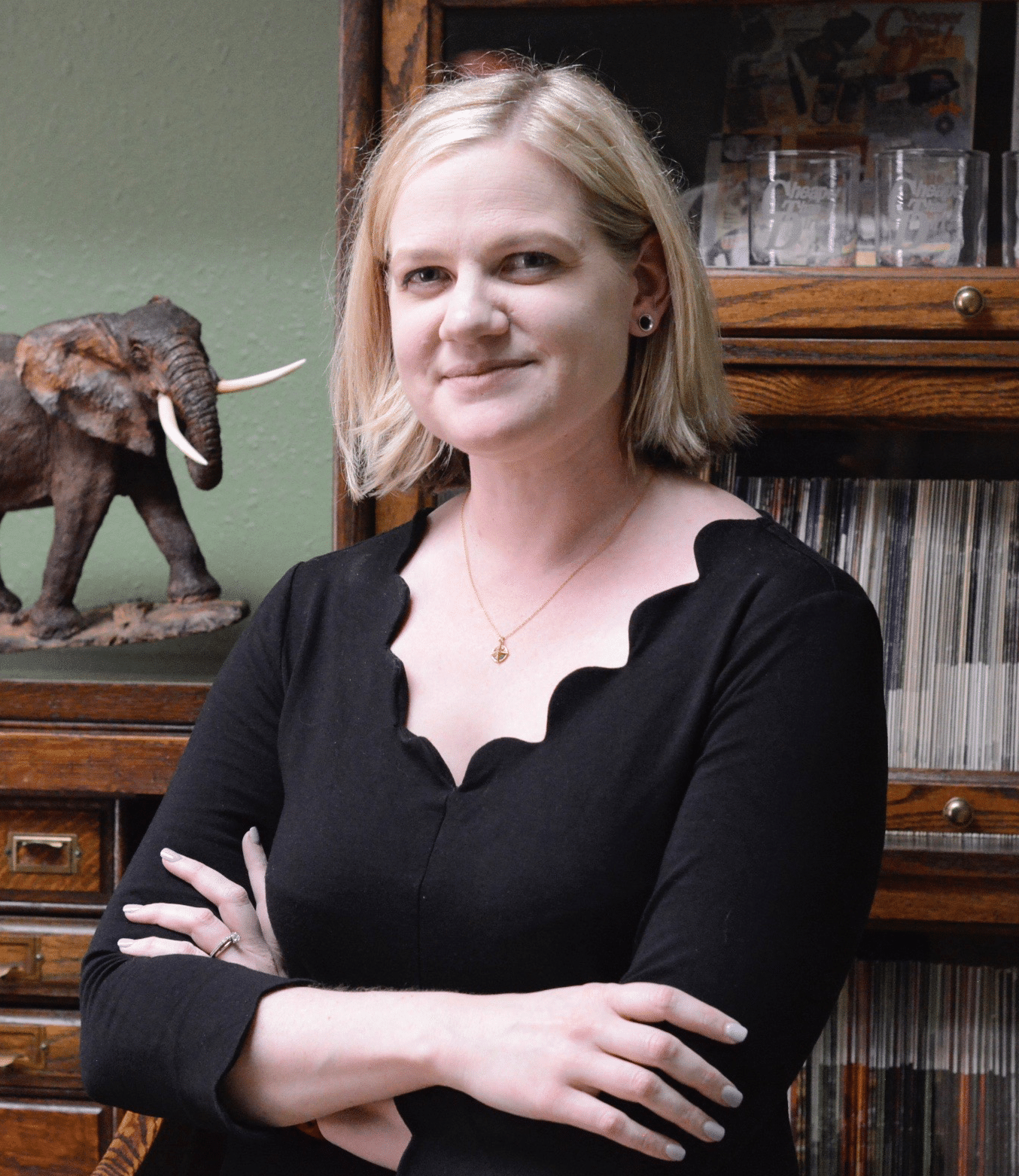
ASCEND EXECUTIVE INTERVIEW SERIES
A Sit-Down in the C-Suite with Chelsea Mueller
How the role of CMO has evolved in retail
By Peter DeTrempe and Rich Herbst
NOVEMBER 7, 2019 | ANALYSIS & OPTIMIZATION
We recently had an opportunity to sit down with Chelsea Mueller, CMO and e-commerce expert, to discuss how the role of CMO has evolved in retail.
Mueller has overseen nine full website redesigns, four re-platforming projects, three international expansions, and loyalty program rollouts. She thrives in cultivating the right messaging and the right experience for niche companies, and has sold knights on horseback to young families (Medieval Times), red-carpet jewelry to celebrities (Ylang 23), the perfect centerpiece bowl to newlyweds (Nambé), and the right MOLLE gear for a weekend at the range (Cheaper Than Dirt).
The Ascend Team: Chelsea, as a well-known e-commerce expert in the DFW area and beyond, we’ve had the benefit of seeing you speaking at numerous thought leadership events, sharing the insights on the latest e-commerce tools and technologies and sales strategies that revolutionized the e-commerce world. Tell us about your career journey on the path of becoming a CMO.
Mueller: I earned a journalism degree from the Walter Cronkite School of Journalism and Mass Communications at Arizona State. I worked at a variety of newspapers and magazines, and I quickly realized that is probably not the best place to be from a stability standpoint. On the upside, these jobs taught me a lot about people: I learned what people were excited by, what they were interested in and what motivated them.
I transitioned into niche marketing. I wanted to understand what motivates somebody to buy a product, and how we can help them make their lives easier through their purchases. I went from selling knights on horseback at Medieval Times, to selling bowls and candlesticks to brides at Nambe’ to designer jewelry at Ylang 23 to selling hunting gear and supplies at Cheaper Than Dirt.
Chelsea Mueller (Middle) sits down with Peter DeTrempe (Left) and Rich Herbst (Right) to discuss her experiences as a Chief Marketing Officer in the e-commerce world.
GET THE LATEST
JOURNEY MARKETING
NEWS & INSIGHTS
Subscribe to our
newsletter
How did your personal journey shape your role and your mission as CMO and how does your role contrast with leaders of marketing in other industries?
I think, no matter where you’re working at as a CMO, you should be thinking about your customers. You should be thinking about what’s important to them, what they hold as their key values, and how you fit into those values. So, how can you better serve their lives? How are they interacting with your company, whether that’s engaging services or purchasing items? How are you helping them live better lives?
Projecting in the future, what kind of marketing shifts or trends do you see on the horizon?
We have pivoted strongly into being mobile-first. Voice is going to play a greater role in the future, especially voice search. It is important to us because of our product breadth and discoverability on Google and other search engines.
I am constantly thinking about how we structure our data and content to be easily searched by a voice across the entire website. Search queries are going to become even more important, especially natural language search. That has been top of mind for me.
We are already catching micro-moments and making it fast for people to shop on their phones. We streamlined the mobile purchasing process and made the checkout quick and easy. Online shopping is at the point now where instead of typing, people are just going to ask their phone to do something for them. Marketing executives in retail should keep that in mind.
It sounds like you’re leveraging a lot of your data and insight to drive a better customer experience.
We have a lot of data and insight and twenty-six years of sales history. I know our customers. I’m fortunate that I have enough data that I can feed and fuel algorithms and spin them up in a pretty quick pace using only our data. I recognize that not everybody has that benefit, but since I do, we don’t need to rely on third party data. I would be concerned about making a misstep with our customer base. They’re incredibly knowledgeable.
I am constantly thinking about how we structure our data and content to be easily searched by a voice across the entire website. Online shopping is at the point now where instead of typing, people are just going to ask their phones to do something for them. Marketing executives in retail should keep that in mind.
Chelsea Mueller
Have you gone through the exercise of mapping out your customer’s experience across touchpoints to look for challenges and opportunities for improvement?
In eCommerce we can move really fast and make changes very quickly. But, when you get really fast like that, you must remember that you still need to be able to continually look back and benchmark the customer experience.
So, even though you’re moving very quickly, you need to be gathering data and analytics on everything you’re doing, knowing what your outcome should be. It is important to periodically look back and ask yourself, “Were we right?” With digital, the production cycle is much shorter; you no longer need to take your marketing materials to the printer, and you have less lead time to pause and evaluate. It could be tempting to just going to keep sprinting forward instead of taking a pause to close the loop. Setting goals and measuring them is still an intrinsic part of marketing, even when we get to move lightning fast.
Chelsea, thank you for sharing your personal journey and wonderful CMO insights with us. We look forward seeing how your role as a thought leader continues to evolve in this ever-changing marketing world.
Thank you for the opportunity to spend time together, as well.
